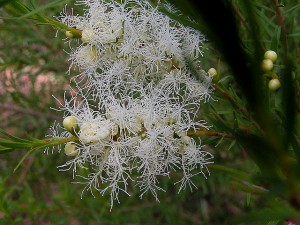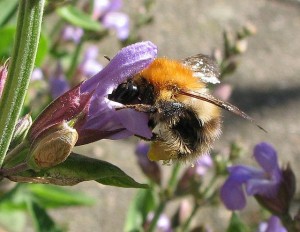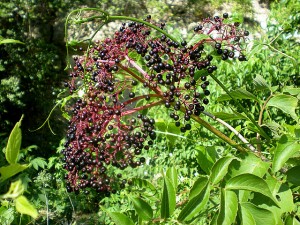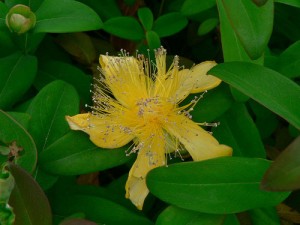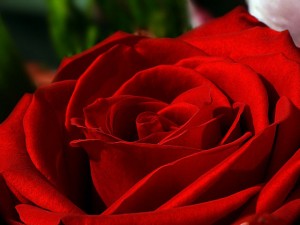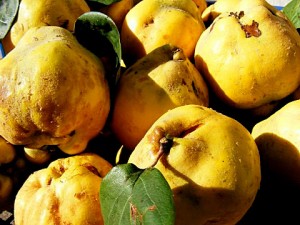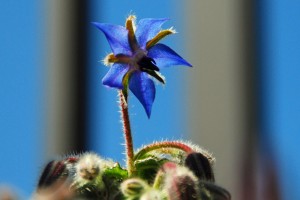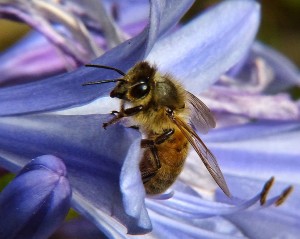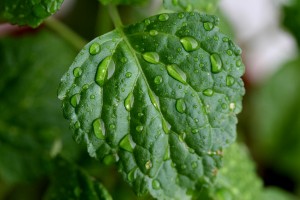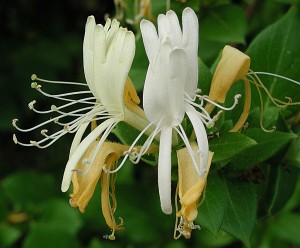Tea Tree Oil
What it does:
- Used topically to treat a variety of infections.
- Once applied, the oil makes it impossible for many disease-causing fungi to survive.
- Studies show that it fights various bacteria, including some that are resistant to antibiotics.
- Tea tree oil mixes readily with skin oils, allowing it to attack the infective agent quickly and actively.
Benefits:
- Tea tree oil’s antiseptic properties are excellent for treating cuts and scrapes, as well as insect bites and stings.
- The oil promotes healing of minor wounds, helps to prevent infection and minimizes scarring.
- Tea tree oil fights the fungus Trichophyton, which is the main cause of athlete’s foot, jock itch and certain nail infections.
- It can also be effective against Candida albicans and Trichomonas vaginalis, two of the organisms that cause vaginal infections. These infections can be hard to treat, in this case, your doctor will have to prescribe a more potent antifungal medication.
- Tea tree oil may be beneficial in the treatment of acne.
- It is sometimes suggested as a treatment for warts. Although, studies have not confirmed this use.
Forms:
- Oil
- Gel
- Cream
- Vaginal suppository
Common Uses:
- Disinfects cuts and scrapes
- Minimizes scarring
- Insect, spider bites and stings
- Athlete’s foot
- Fungal nail infections
- Yeast infections
- Dandruff
- Acne
- Eczema
- Psoriasis
How to take it?
Athlete’s foot, skin wounds/irritations or nail infections:
- Apply a drop or two of pure, undiluted tea tree oil to affected areas of the skin or nails two or three times a day. Tea tree oil creams and lotions can also be used.
Yeast infections:
- Insert a commercially available tea tree oil vaginal suppository every 12 hours, for up to five days.
Acne:
- Mix 5 parts tea tree oil to 95 parts water and apply to area.
Dandruff:
- Mix 10 drops of Tea Tree oil for every 8 oz. of shampoo.
- Apply a few drops of Tea Tree oil directly to your scalp before you shampoo your hair. Shampoo as normal and then rinse thoroughly.
Shopping Hints:
- There are a number of commercial shampoos, soaps and other skin-care products that contain tea tree oil, but they generally have such a small amount that that there is little or no bacteria-fighting effect.
- When buying commercial products be sure it’s derived from Melaleuca alternifolia, as there are several types of tea tree. Oil from other species can be high in cineole content.
Warning:
- Tea tree oil is for topical use only. Never take tea tree oil orally.
- Before using the oil for the first time, dab a small amount onto your inner arm with a cotton swab.
- In undiluted form, it can irritate the eyes and mucous membranes.
References:
- The Complete Guide to Natural Healing
Note: Consult with a Physician or certified herbologist if you are seeking medical remedies. The information is not intended as medical advice. PagansWorld.org is not liable for the misuse of the oil listed above.
Thanks for stopping by!

